Genealogy Gems Podcast Episode 224
Genealogy Gems Podcast Episode 224
In this episode we recap 2018, and explore additional ideas to help you organize your home movies. Whether you have 8MM film, VHS tapes, Mini DV tapes or DVDs, this episode has what you need to preserve and organize them.
Lisa’s Recent Travels
Swedish Genealogical Society in Edina, MN and a side trip to Winthrop, MN.

Above: Speaking at the Swedish Genealogical Society

Above: Bill (left) with his new found Larson cousin.
Oslo Norway – MyHeritage

Above: Speaking at the MyHeritage conference in Oslo, Norway

with my genealogy crew at the Viking Ship Museum in Oslo, Norway
Read Are You Part Viking? By Anna Swayne
A Visit to Sweden

Above: Lacey in Gothenburg, Sweden
Mailbox
High school teacher Lindsey called in to share an unexpected occurrence of genealogy serendipity.
Here the original Genealogy Gems Podcast episode 185 where George Ella Lyon reads her poem.
Read more about and watch the video I created for Tom Boyer of his Where I’m From Poem
MyHeritage.com is the place to make connections with relatives overseas, particularly with those who may still live in your ancestral homeland. Click here to see what MyHeritage can do for you: it’s free to get started.
Give the gift of story with Storyworth
StoryWorth gives your loved ones a reason to spend time with their favorite memories and share them with you giving you opportunities to become closer, even when you live far apart. It’s an easy and thoughtful gift even at the last minute.
Get $20 off by visiting storyworth.com/gems when you subscribe. Again $20 and you’ve got a gift that keeps on giving. Visit Storyworth.com/gems
Followup on GGP 223
I’m organizing and digitizing my Grandmother’s old home movies with Video Conversion Experts. I told my uncle about it and now he’s sending me the rest of his old home movies! Video Conversion Experts is the company that Dr. Haas used to convert his films. They did an exceptional job in post production restoration, and are known for this work in the film industry. They are the ideal company to go with if you want to invest in the highest quality of restoration. They are currently running a terrific 35% off sale now through 12/21/18.
I’m digitizing my family’s High 8 home movie tapes with Larsen Digital. The list of mediums that they can digitize is one of the most extensive I’ve seen. They are even able to digitize the unmarked audio tape that I found among my grandmother’s home movies. Kristin and her team are well known in the genealogy community and are based in Utah. They have graciously extended a 15% off to my listeners. Use the coupon code: GenGem. Discount is valid on: video tapes, movie film, audio reels, audio tapes, slides, negatives, photos & specialty film.
Your feedback on episode 223
On Instagram from Erin:
“I loved this episode Lisa! Anna’s song is so beautiful too! I learned a lot and the way you shared this story was wonderful. A favorite gem for sure.”
From Greg in New Zealand:
“I’m loving the new narrative/profile episodes and had noticed the evolving voice and style in GGP 223. You and your team are wonderful writers…David Haas’ story reminded me of my good friend Mark Holtze. An editor in Toronto, Mark has digitised all of his grandfathers’ 16mm vacation films from across Canada in the 50s, 60s and 70s. They are brilliantly presented. Mark is very talented. I think they’re worth sharing with your listeners. I don’t know Mark’s connection to this posting specifically but it’s an amazing one on his playlist.”
I couldn’t agree more! Here’s the description of the video: A number of 8mm film reels were purchased at a Flea Market in New York City for $10. They ended up being home movies taken in the late 40’s and 50’s. How they ended up at a Flea Market in Manhattan all those years later is one thing, but most importantly was getting the films reconnected with the family. …60 years later….
Thank you to our sponsor:
I’ve used RootsMagic for years and love it. You will too!
Organizing the videos you find online
After listening to episode 223, Kate was inspired to head to YouTube in search of videos that illustrate her memories. She writes:
“I’ve been trying to set up a collection of my memories on you tube. Do you have any thoughts on to put this together? Is it possible to add clips and not full videos?”
My suggestions:
YouTube: Organize with playlists
You can use Playlists to group the videos you find by topic. You could create playlists for locations, timeframes, people and so on. Sign in with your free Google account which will give you access to your YouTube “channel.” When you find a video, under the title of the video click the plus sign that says “Add to”. Select a playlist from the playlists listed in the dropdown menu. These are playlists you have already created in your account. If it’s a long list, use the search box to search for a playlist title. Or create a new Playlist by clicking “Create New Playlist” at the bottom of the menu.
Unfortunately, YouTube doesn’t give you a way to add your own notes. And you can’t create clips of videos (at least not as of this writing), but I do know that when you share a video you can mark that it start at a point in the video that you select. Which brings me to my next suggestion…
Pinterest: Organize Videos into boards on Pinterest
If you would like to have even more control over organizing the videos that you find, and you want to be able to add your own notes and memories, consider using Pinterest. In your free Pinterest account you can create as many boards as you want. Create a board for each topic (much like with the Playlists I suggested previously) and save YouTube videos to them. And of course, you can save any other online content “memories” that you find along with them if you want. The beauty of pinning is that you can add your own notes and memories, plus you can set the video to begin at any point within the video that you want. Simply click “Share” under the video in YouTube, and click to check the box for “Start at.” Next, click on the player timeline that runs across the bottom of the video on the spot where you want the video to begin playing. Finally, click the Pinterest icon in the Share area to pin it to your Pinterest board of choice.
Profile America: TV Tech
Thursday, December 13th. The important holiday business of viewing such classics as “It’s A Wonderful Life” and “A Christmas Story” on home TVs owes much to a technological advance this month 80 years ago. In December 1938, Russian-American engineer Vladimir Zworykin was awarded two patents for cathode ray tubes. One was for the iconoscope to capture video images. The other was for the kinescope, which displayed television and computer monitor images for decades until the advent of flat panel screens. Whatever the ills of TV programming, obviously the American people consider it an appliance for a wonderful life. More than 98 percent of American households own at least one set, a percentage that has held steady for years and across all age groups.
PRODUCTION CREDITS
Lisa Louise Cooke, Host and Producer,
Editor Hannah Fullerton, Audio Editor
Lacey Cooke, Service Manager
Disclosure: As an Amazon Associate, Genealogy Gems earns from qualifying purchases you make when clicking from the links we provide. It doesn’t cost you anything extra but it helps support our free blog and podcast. Thank you!

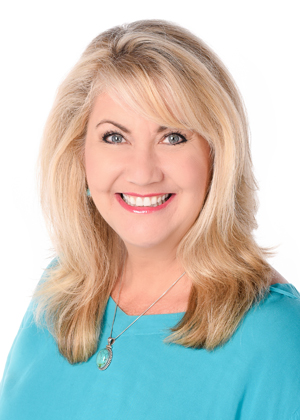


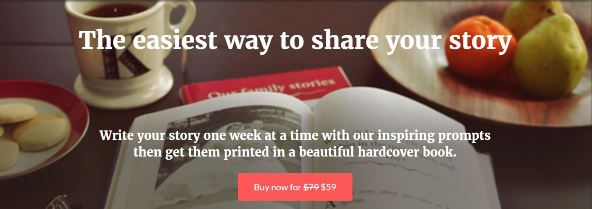
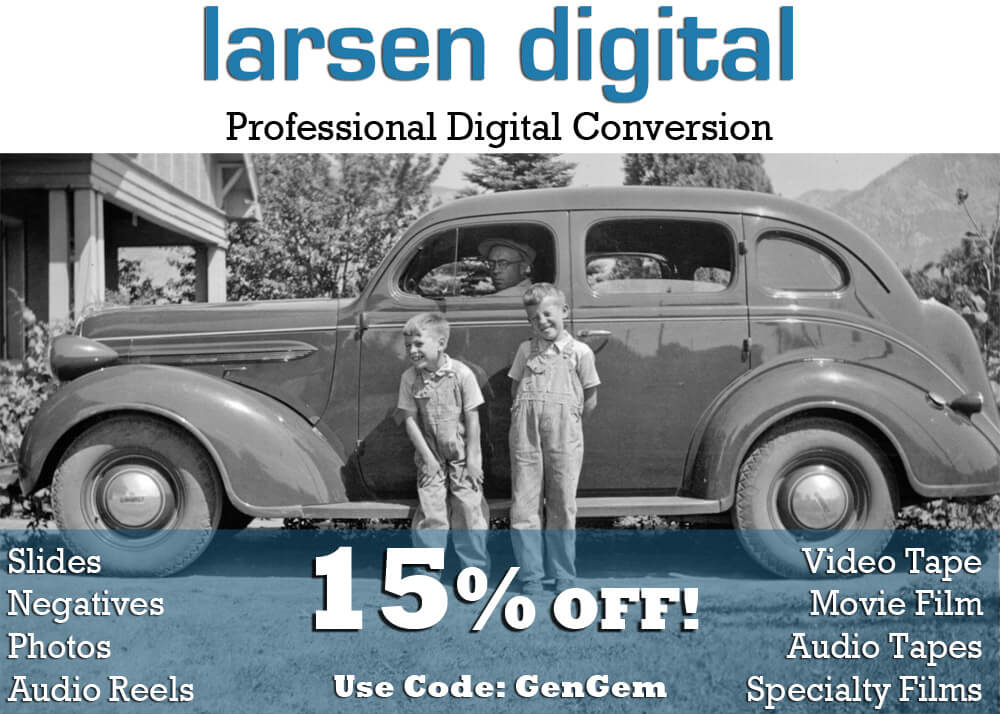

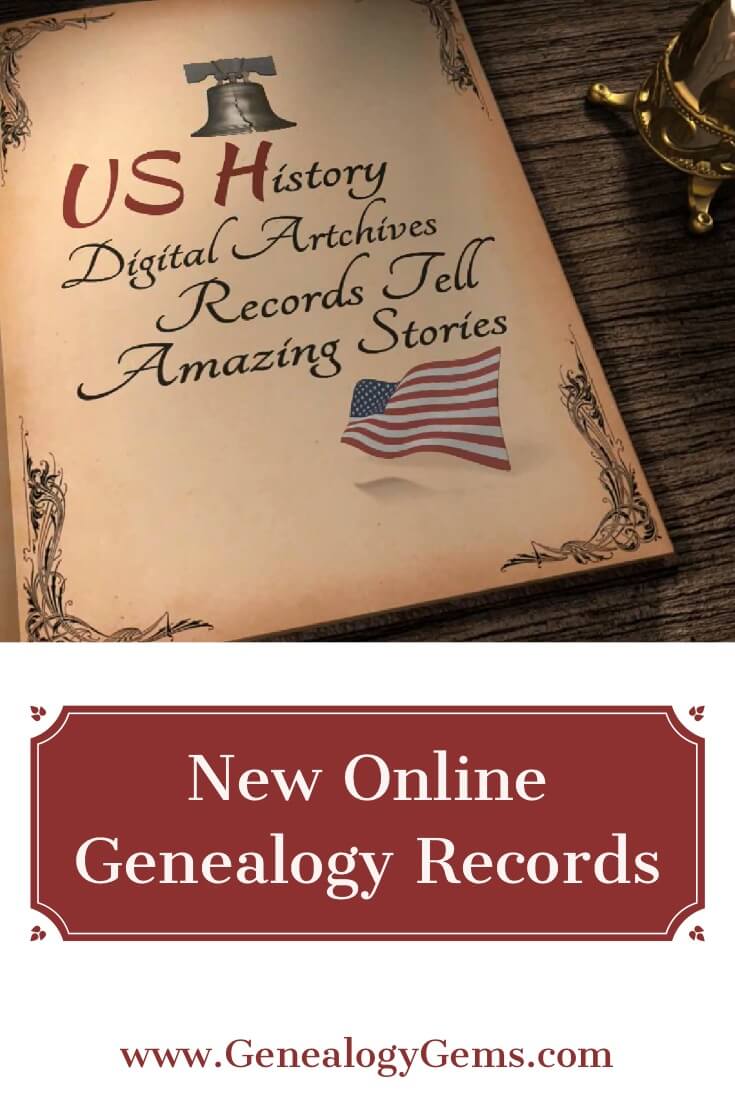
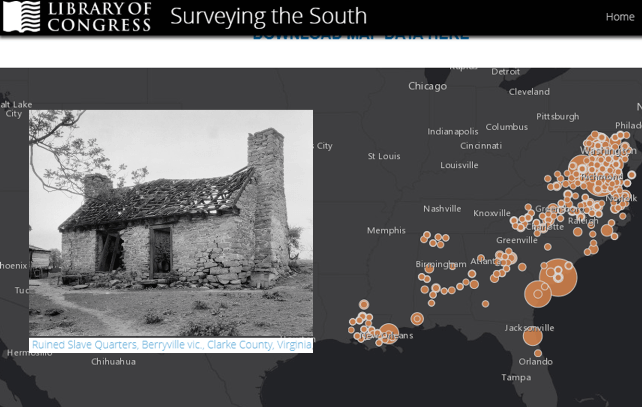
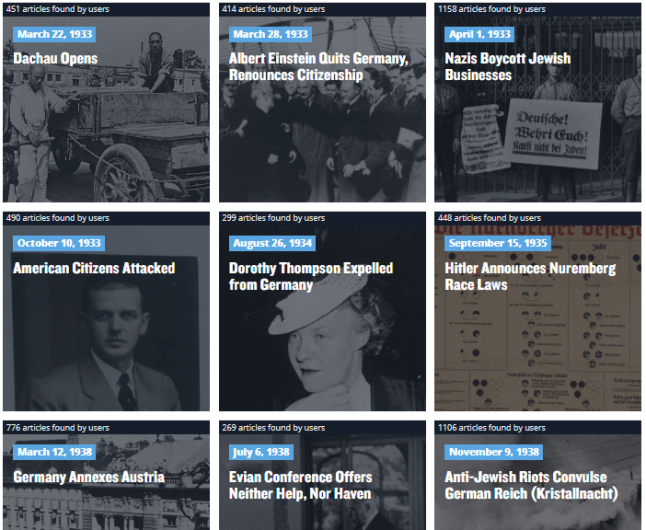
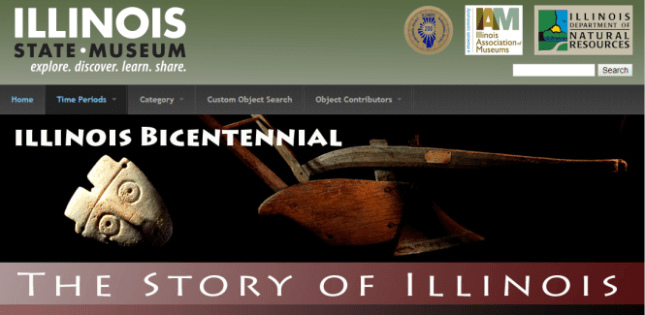
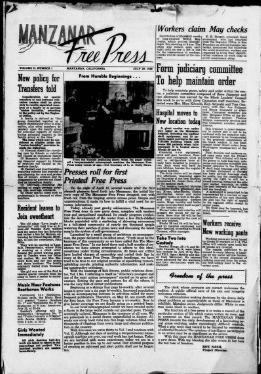
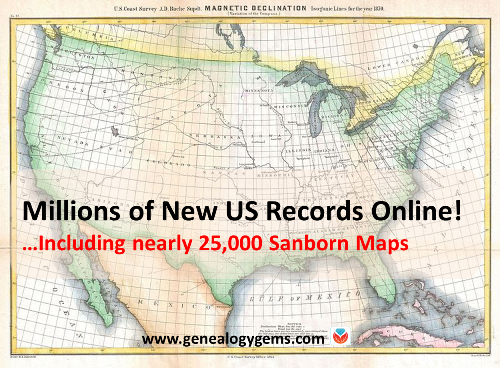

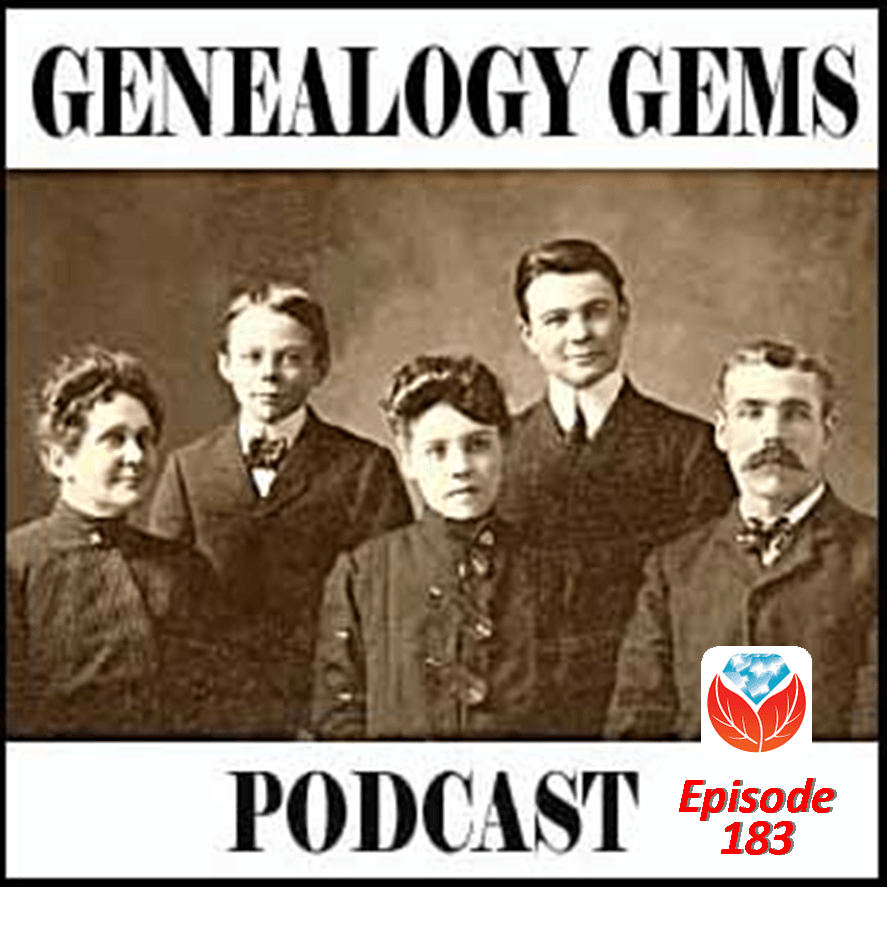
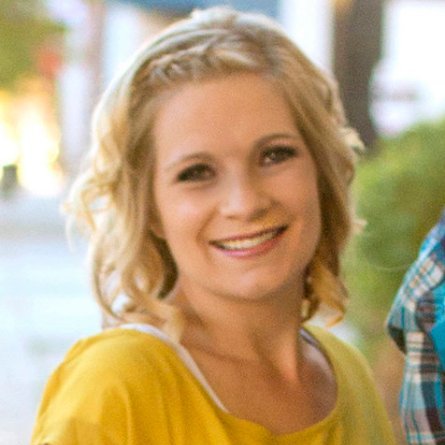 A special feature is an exclusive interview with digitization expert Kristin Harding from Larsen Digital. She is passionate about getting old photos and movies safely digitized and into storage we can access in the years to come!
A special feature is an exclusive interview with digitization expert Kristin Harding from Larsen Digital. She is passionate about getting old photos and movies safely digitized and into storage we can access in the years to come!




